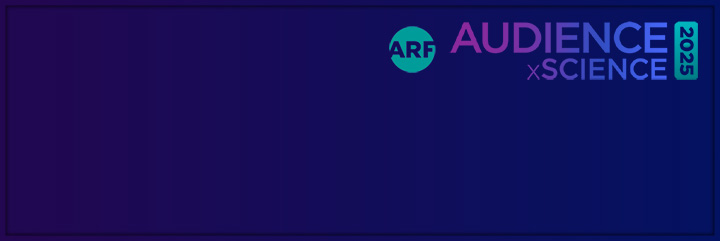CTV
- Past Event Highlights
- Article
ATTENTION 2025
Industry leaders gathered at ATTENTION 2025 on June 5 to explore the evolving science of attention measurement in advertising. This event featured new research from advertisers, agencies, and academics, including preliminary findings from Phase 3 of the Attention Measurement Validation Initiative. Attendees gained actionable insights into scalable attention metrics, their role in optimizing creative and media strategies, and how brands can better identify and engage audiences to drive results.
Member Only Access- Targets & Segments
- Article
The State of Retail Media Networks & Consumer Behavior
On May 21, the industry’s top minds gathered in Chicago for a look at the future of retail, media, and consumer behavior and dove into the rapidly evolving role of Retail Media Networks (RMNs). Attendees gained actionable insights on the opportunities and challenges that RMNs present. Leading experts led discussions on optimizing RMN investments, navigating sales attribution complexities, adopting an "omni-normal" approach to connect with shoppers across all touchpoints, harnessing AI for brands and consumers, and more.
Member Only Access


